District Collision Repair: Navigating Insurance Claims Efficiently
District collision repair shops streamline insurance claims for vehicle bodywork and paint services…….
District collision repair is a specialized sector within the automotive industry, focusing on the restoration and refurbishment of vehicles damaged in accidents or other incidents. This essential service plays a pivotal role in ensuring road safety, minimizing environmental impact, and supporting the economic vitality of local communities. In an era where vehicle ownership is ubiquitous, understanding district collision repair becomes crucial for both industry professionals and consumers alike. This article aims to provide an in-depth exploration of this topic, covering various aspects from its foundational elements to future possibilities. By delving into its global reach, technological innovations, regulatory frameworks, and real-world applications, readers will gain a comprehensive insight into the world of district collision repair.
District collision repair, often referred to as auto body repair or vehicle restoration, involves a multi-faceted process aimed at restoring damaged cars, trucks, and other motor vehicles to their pre-accident condition. It encompasses a range of services, including but not limited to, metal welding, painting, panel replacement, mechanical repairs, and finishing touches. The core components of this process can be broken down as follows:
Assessment and Planning: The initial stage involves a thorough inspection of the damaged vehicle. Skilled technicians assess the extent of the damage, create detailed repair estimates, and develop a strategy for restoration.
Structural Repair: This phase focuses on addressing any structural damage to the vehicle’s frame and chassis. Techniques such as metal fabrication, welding, and alignment ensure the vehicle’s safety and structural integrity.
Bodywork and Panel Replacement: Damaged exterior panels, such as doors, fenders, and hoods, are replaced or repaired to match the original specifications. This meticulous process ensures a seamless finish and optimal aesthetic appeal.
Painting and Finishing: After all structural and bodywork repairs are complete, vehicles undergo a meticulous painting process. Using advanced techniques and high-quality paints, technicians achieve a perfect color match, ensuring long-lasting durability.
Quality Control and Final Inspection: Before a vehicle is released to its owner, rigorous quality control checks are conducted. Every detail, from paint clarity to panel gaps, is scrutinized to guarantee customer satisfaction.
Historically, district collision repair has evolved significantly since the early 20th century when automobiles first became widespread. The need for efficient and effective repair techniques emerged as a result of increasing vehicle ownership and traffic congestion. Over time, advancements in technology, safety standards, and environmental regulations have shaped the industry. Today, district collision repair is a highly skilled and specialized trade, requiring a blend of technical expertise, creativity, and attention to detail.
The influence of district collision repair extends far beyond local communities, with significant global implications. As an essential component of the automotive aftermarket, it contributes to several key trends and dynamics worldwide:
| Region | Impact and Trends |
|---|---|
| North America | The United States and Canada lead in advanced collision repair technology, featuring robotic welding systems and computer-aided design (CAD) software. The region also witnesses a growing demand for eco-friendly repair methods, focusing on lightweight materials and water-based paints. |
| Europe | European countries are known for stringent environmental standards, driving the adoption of green collision repair practices. The region’s robust automotive industry also fosters innovation in automation and precision repair techniques. |
| Asia Pacific | Rapid urbanization and a burgeoning middle class have fueled the demand for district collision repair services across Asia. China, in particular, has become a hub for advanced manufacturing and repair technologies, attracting global investments. |
| Latin America | The region is witnessing a surge in automotive sales, leading to increased collision repair needs. Local businesses are adopting modern practices and tools while also emphasizing affordable and accessible service. |
| Middle East & Africa | With growing infrastructure development and increasing vehicle ownership, these regions present significant opportunities for district collision repair. Focus on training and capacity building is crucial to meet the demand. |
These global trends highlight the universal need for efficient, safe, and environmentally conscious collision repair services. As the automotive industry continues to evolve, so too will the demands placed on district collision repair professionals worldwide.
District collision repair plays a pivotal role in the economic landscape, influencing various sectors and contributing to overall market dynamics. Here’s an analysis of its economic impact:
Market Size: The global automotive repair and maintenance market, encompassing district collision repair, is substantial and growing. According to a 2021 report by Grand View Research, the market size was valued at USD 479.5 billion in 2020 and is expected to expand at a compound annual growth rate (CAGR) of 6.3% from 2021 to 2028.
Investment and Employment: This sector attracts significant investments, with specialized repair facilities and training centers being established worldwide. It also provides substantial employment opportunities, ranging from skilled technicians to management positions.
Local Business Impact: District collision repair shops are often local businesses that contribute to the economic vitality of their communities. They support local economies through job creation, supplier relationships, and tax contributions.
Cost Savings and Efficiency: By restoring damaged vehicles rather than replacing them entirely, district collision repair can lead to substantial cost savings for both consumers and insurance providers. This economic efficiency contributes to a circular economy model.
Technological innovations have revolutionized district collision repair, enhancing productivity, accuracy, and customer satisfaction. Some significant advancements include:
Robotic Welding: Automated welding systems have transformed structural repair processes. Robots can perform complex welds with precision and speed, reducing labor costs and improving consistency.
Computer-Aided Design (CAD) Software: CAD programs enable technicians to create detailed digital models of vehicles, facilitating precise measurements and accurate repairs. This technology streamlines the design and planning stages, leading to more efficient work processes.
Laser Technology: Lasers are increasingly used for various tasks, from precision cutting and welding to paint removal. They offer superior accuracy and control, minimizing waste and improving overall repair quality.
Advanced Paints and Coatings: The development of water-based paints and environmentally friendly coatings has reduced the environmental impact of collision repair. These materials provide excellent durability and finish while adhering to strict ecological standards.
Virtual Reality (VR) Training: VR technology is being employed for training purposes, allowing technicians to gain hands-on experience in a virtual environment. This innovative approach enhances skill development and ensures consistent quality across different locations.
The district collision repair industry operates within a framework of policies and regulations that vary by region. These rules are designed to ensure safety, environmental protection, and consumer rights. Some key considerations include:
Safety Standards: All countries have established safety standards for vehicle repair, including structural integrity, airbag deployment, and electrical system functionality. Compliance with these standards is mandatory and regularly audited.
Environmental Regulations: Strict environmental laws govern the disposal of automotive waste and the use of hazardous materials. Collision repair facilities must adhere to guidelines for proper waste management and the adoption of eco-friendly practices.
Consumer Protection: Consumer rights legislation protects vehicle owners from fraudulent repairs and unfair pricing. Transparent billing, informed consent, and dispute resolution mechanisms are essential components of these regulations.
Training and Certification: Many regions mandate specific training and certification programs for collision repair technicians. These ensure a skilled workforce capable of performing complex repairs to modern vehicle standards.
Despite its numerous advantages, district collision repair faces several challenges and criticisms that require strategic solutions. Some prominent issues include:
Skill Shortage: The industry often struggles with a shortage of skilled technicians due to the specialized nature of the work. Addressing this gap through comprehensive training programs and attracting talent can ensure a robust workforce.
Environmental Concerns: While efforts have been made to adopt eco-friendly practices, some collision repair facilities still face criticism for their environmental impact. Implementing greener technologies and processes is crucial for long-term sustainability.
High Repair Costs: In certain cases, the cost of repairing damaged vehicles can be high, especially for complex or rare models. Transparent pricing, competitive bidding, and insurance claim negotiations can help mitigate this concern.
Inefficient Processes: Outdated business practices and lack of standardization can lead to inefficiencies in collision repair operations. Implementing digital technologies, process optimization techniques, and industry standards can enhance overall efficiency.
Real-world applications of district collision repair offer valuable insights into successful implementations and the lessons learned. Here are a couple of case studies:
Case Study 1: Green Repair Revolution – Eco-Friendly Collision Center in Europe
A leading automotive service provider in Germany transformed its collision repair facility, focusing on sustainability and innovation. They implemented an extensive list of eco-friendly practices:
This initiative not only attracted environmentally conscious customers but also led to significant cost savings and positive media attention. The success of this case highlights the potential for collision repair businesses to thrive while minimizing their environmental footprint.
Case Study 2: Digital Transformation – Online Collision Repair Platform in North America
A startup in the United States created an online platform that connected collision repair shops with vehicle owners, streamlining the claim process and enhancing transparency. The platform offered:
This digital solution improved customer satisfaction by offering convenience, transparency, and faster turnaround times. It also facilitated better communication between repair shops, insurers, and policyholders, leading to more efficient claim settlements.
The future of district collision repair is brimming with potential growth areas, emerging technologies, and strategic considerations. Here’s a glimpse into what lies ahead:
Advanced Automation: Artificial intelligence (AI) and machine learning will play a more significant role in automation, improving precision and efficiency. AI-powered robots could handle increasingly complex tasks, including some aspects of paint application and finishing.
Digital Twin Technology: The concept of digital twins, virtual replicas of physical vehicles, will revolutionize repair processes. These digital models can be used for pre-repair planning, training simulations, and predictive maintenance.
Additive Manufacturing (3D Printing): 3D printing technology has the potential to transform structural repairs by creating custom replacement parts on demand. This approach could reduce wait times and minimize the need for inventory management.
Autonomous Vehicles: As autonomous vehicles gain traction, collision repair professionals will need to adapt to new challenges and opportunities. Repairs may become more specialized as these vehicles require unique safety considerations.
Sustainable Practices: Environmental sustainability will remain a key focus. Collision repair facilities are likely to adopt even greener technologies, materials, and processes to meet evolving customer expectations and regulatory demands.
District collision repair is an integral part of the automotive industry’s intricate tapestry, where skilled technicians weave together damaged vehicles into functional works of art. This comprehensive guide has explored various facets of this essential service, from its foundational techniques to future trends. By understanding its historical context, global impact, economic significance, and technological advancements, readers gain a deeper appreciation for district collision repair professionals.
As the automotive landscape continues to evolve, these repair experts will remain at the forefront of innovation, ensuring road safety, environmental stewardship, and customer satisfaction. The future holds immense potential for growth, with emerging technologies and sustainable practices shaping the industry’s trajectory. District collision repair, through its resilience and adaptability, will continue to be a vital component in the ever-changing automotive world.
Q1: How does district collision repair differ from body shop repairs?
District collision repair, or auto body repair, is a specialized service focusing on structural and cosmetic vehicle restoration after an accident. Body shop repairs are more general terms that encompass various types of mechanical and aesthetic fixes, not exclusively related to collisions.
Q2: What are the common signs that my car needs district collision repair?
Signs include noticeable dents, scratches, or cracks in the body panels; misaligned panels or doors; paint inconsistencies; and any evidence of previous repairs that have failed or become damaged again.
Q3: Are there eco-friendly options for vehicle restoration?
Absolutely! Many modern collision repair facilities adopt environmentally conscious practices, using water-based paints, recycled materials, and energy-efficient technologies to minimize their ecological footprint.
Q4: How can I find a reputable district collision repair shop?
Research is key. Check online reviews, ask for recommendations from friends or local automotive forums, and ensure the shop has relevant certifications and good customer feedback.
Q5: Will my insurance cover all costs associated with collision repair?
Insurance coverage varies. While comprehensive or collision coverage typically includes most repair expenses, deductibles, specific damage types, and pre-existing conditions may affect what you’re responsible for paying.
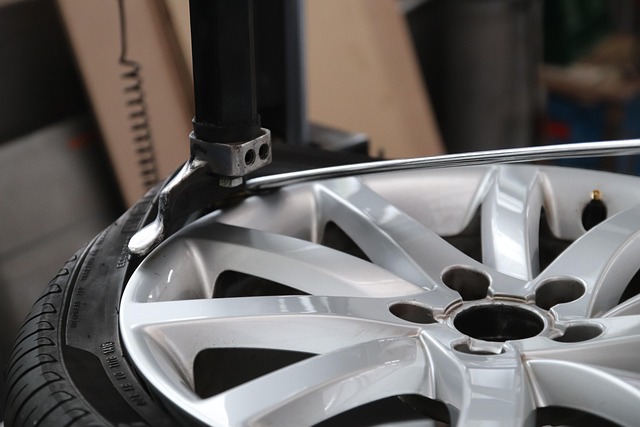
District collision repair shops streamline insurance claims for vehicle bodywork and paint services…….

District collision repair shops are a smart choice for car owners seeking affordable, high-quality a…….
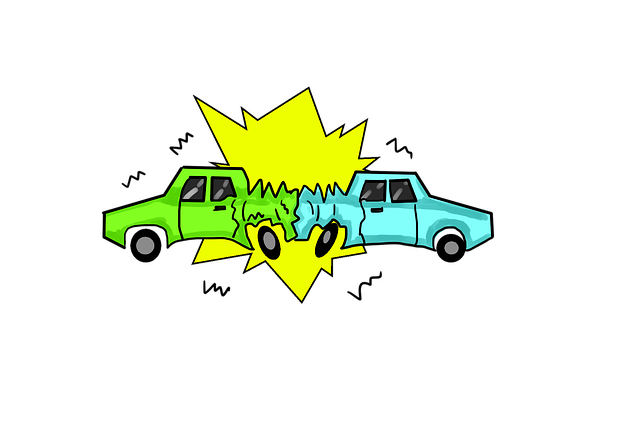
District collision repair shops offer specialized services for vehicles damaged by local weather con…….
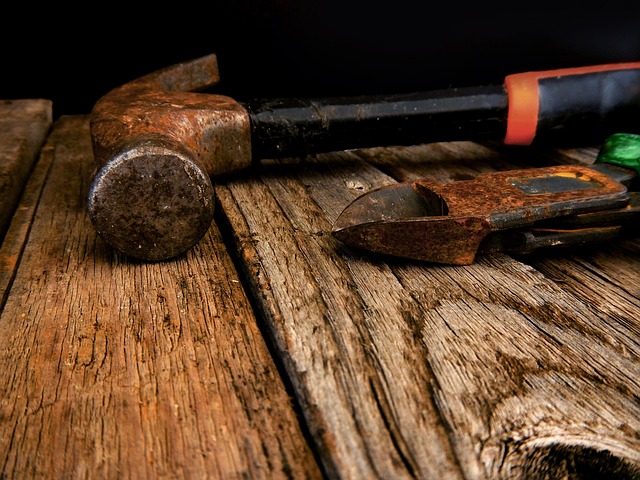
District Collision Repair distinguishes itself through exceptional car bodywork and dent repair serv…….

District collision repair shops thrive by adapting their services to local needs, recognizing divers…….
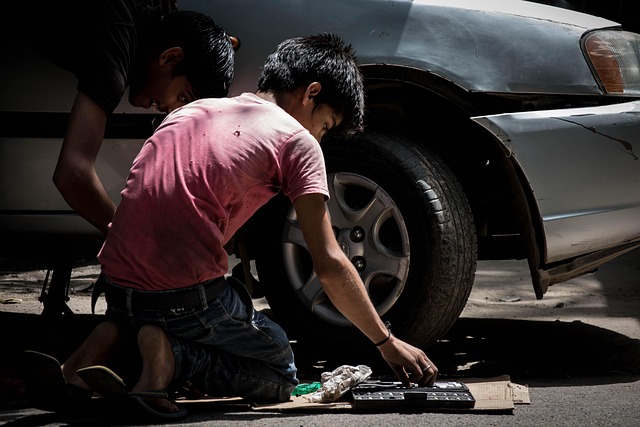
District collision repair for hybrid and electric vehicles (HEV/EVs) presents unique challenges due…….
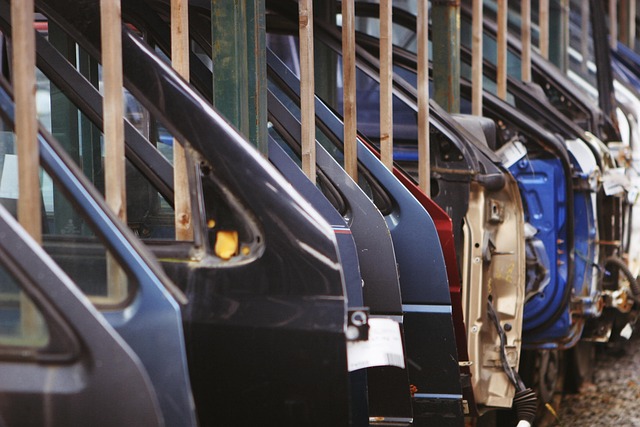
District collision repair specialists are essential for lease return vehicle inspections, restoring…….

In the competitive field of district collision repair, staying ahead is crucial. Top technicians con…….
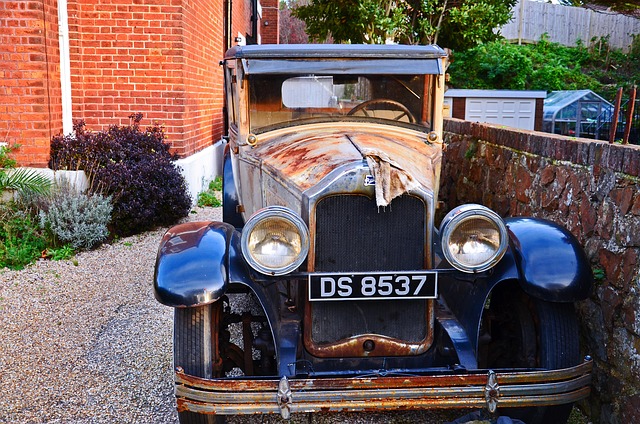
District collision repair teams provide a personalized and efficient service, specializing in both m…….